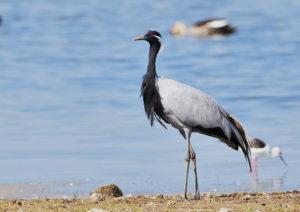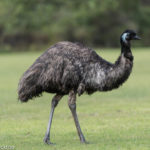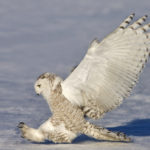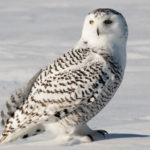Cranes – information
 Cranes are absolute record holders. Crowned cranes are the direct descendants of the earliest known birds: their fossil remains are dated back to the early Eocene (more than fifty five million years ago).
Cranes are absolute record holders. Crowned cranes are the direct descendants of the earliest known birds: their fossil remains are dated back to the early Eocene (more than fifty five million years ago).
The Canadian crane (Grus canadensis) beats all records of the bird kingdom in the category “species that survived all others”: a foot bone found in Nebraska that is at least nine million years old is indistinguishable from the bone of a modern Canadian crane. The oldest bird is a Siberian white crane (Cms leucogeranus), a Siberian crane Wolfe, kept in the International Crane Foundation, died at the age of eighty-three in 1988.
With an increase of six feet, the Indian cranes (Grus antigone) are the tallest of all flying birds, and the gray cranes (Grus grus) fly above all others: the height of their flight reaches 32,000 feet. At such an altitude, they are completely invisible from the ground, but they are very well audible – they are loud-voiced.
In total, there are fifteen species of cranes, and they can be found almost everywhere, except for South America and Antarctica. The beauty and grace of these birds have always led people into admiration, regardless of culture. The images of cranes appear in prehistoric rock paintings, and Homer in the Iliad describes the cry of a crane pack. According to the myths of Ancient Rome, it was the outlines of the flying wedge of the crane that inspired the god of Hermes to create the first letters and the invention of writing.
Cranes are almost like us people. They are sociable, mostly monogamous and spend many years on raising their offspring. They have a long memory and a complex communication system, using more than ninety different sounds and body movements.



























